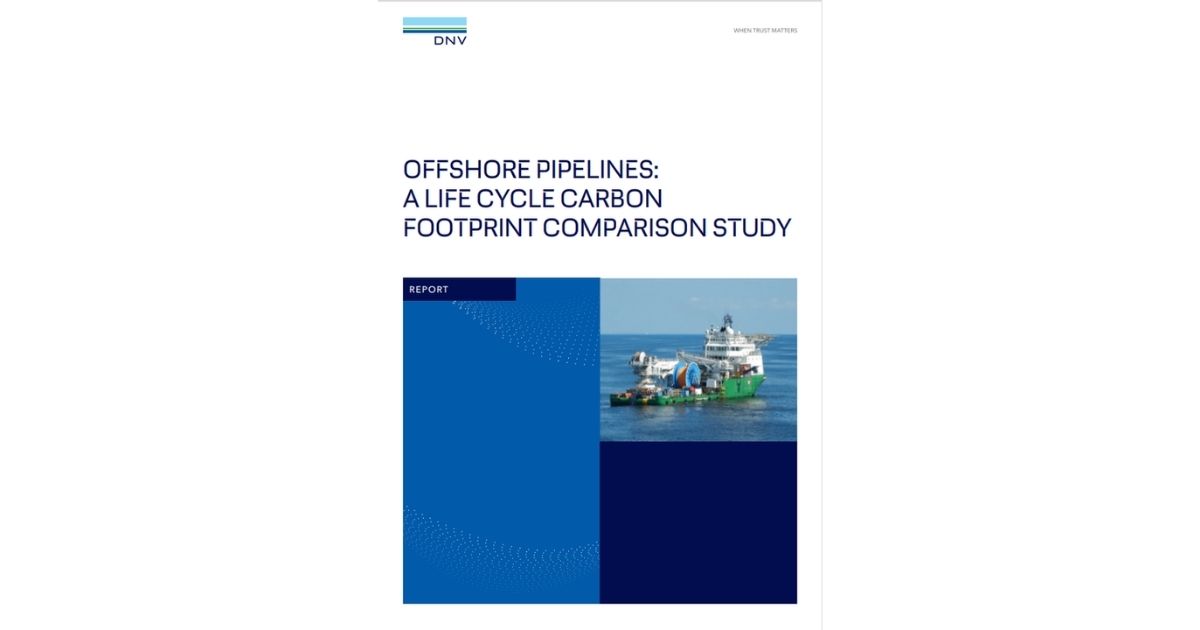DNV, Strohm, and the Non-Metallic Innovation Centre (NIC) have launched a report comparing the lifecycle carbon footprint of externally coated carbon steel pipe and thermoplastic composite pipes (TCP).
The report shows that TCP has a significantly lower carbon footprint, in the range of 30-60%, than an equivalent carbon steel pipeline solution for the defined case study.
The companies considered all steps of the lifecycle carbon footprint which is a measure of the direct and indirect greenhouse gas (GHG) emissions associated with all activities in the product's life cycle, from material extraction and production to the end-of-life stage of the pipelines.
The report outlines the results from a joint industry project (JIP) between DNV, Strohm, and NIC, focusing on the lifecycle of a 22km pipeline transporting produced water for injection in a field outside Angola in Western Africa, with an operating lifetime of 20 years.
Prajeev Rasiah, executive vice president for Energy Systems, Northern Europe at DNV said: “This study shows the importance of choices made about technology, design, transport logistics, and installation of offshore pipeline solutions, when it comes to the lifecycle GHG impact.
“It focuses on the importance of efficient transport logistics and installation, including selection of vessels which have a high impact on the total carbon footprint for both steel and TCP. While admittedly limited to certain geographies and scenarios, the current case study has shown that TCP has an advantage within this area.
“Pipelines are a critical part of offshore infrastructures and should be considered when assessing the overall carbon footprint. Choosing a technology and design that provides the least GHG emission from a cradle to grave perspective is a step towards the goal of a low carbon future.”
Caroline Justet, business growth executive for energy in transition at Strohm added: “We are excited about the results of the study as it’s a great step towards establishing TCP as a suitable alternative to steel in offshore applications. “The greatest GHG benefits from using TCP compared to steel will be in the cases when the pipe needs to be transported over long distances. TCP is spoolable and lightweight, allowing it to be delivered in long lengths and installed using small vessels or subsea pallets, significantly reducing CO2 emissions.”
“The NIC is proud to have been a part of this study which proves and now underpins one of the major benefits of non-metallic technology deployment. The findings from this collaboration complement a previous NIC study assessing CO2 footprint for onshore flowlines, with both studies showing consistent results. In a world where all companies are seeking to improve their environmental credentials, deployment of TCP can offer oil and gas companies an easily deployable and greener alternative to their historically steel based infrastructure.
Though this study had a specific application it shows to the industry where the CO2 intensive steps are and allows designers to understand how to minimise the CO2 footprint for offshore applications. This will allow the wider industry to understand how the design and implementation of non-metallic assets can improve both sustainability and performance.” concluded NIC Director, Mihalis Kazilas
A whitepaper discussing the case study can be found here.


